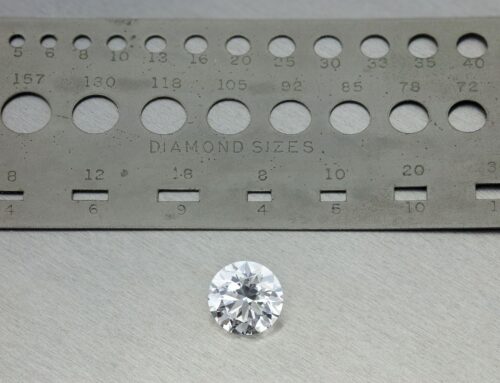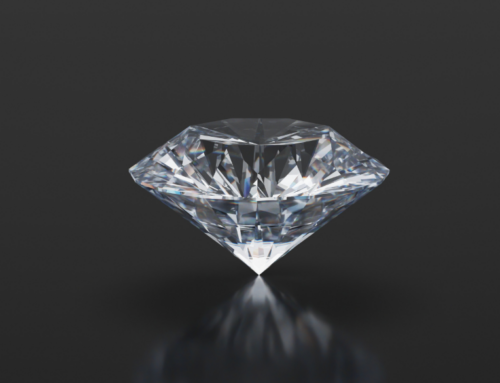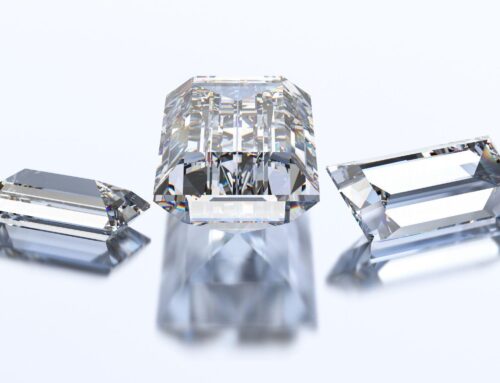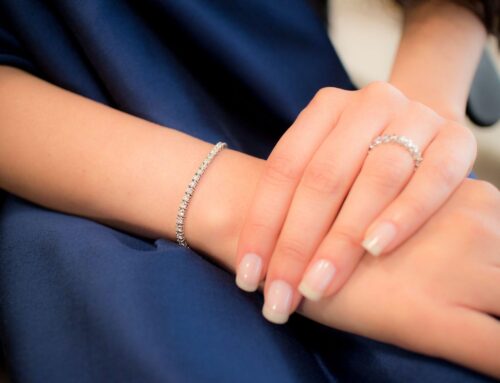Naturally occurring diamonds are created from carbon and the high-pressure high-temperature conditions that exist deep in the earth’s mantle. The compression of carbon over billion-year time spans yields the exquisite minerals, renowned for their luster, hardness, and thermal conductivity. While diamonds may best be known as “a girl’s best friend,” they also play an important industrial role in cutting and polishing applications. The quality of a diamond is determined by the 4 Cs of carat, color, cut, and clarity. Unlike gold and other precious metals, diamonds do not have a commodity exchange rate. Thus, it can be hard to know how and where to sell diamonds for cash.
Traditional avenues for reselling diamonds are pawn shops and local resale jewelry stores. The more contemporary approach is to sell diamonds online. With the recent downturn in the economy, there has been an up-tick in the online re-sale jewelry business, especially for gold– but also for diamonds. Popular online gold buyer Cash for Gold USA has branched out into the diamond business with its sister site Cash for Diamonds USA. Online companies like these typically will send the seller pre-paid Fed-Ex packaging with insurance of up to $1000.
Because of the aforementioned commodity exchange rate quandary and also gem-specific issues with diamonds, the process for selling diamonds online can be harder to navigate than for gold. The seller must first determine that his or her diamond is in fact a diamond, and not a cubic zirconia or other fake stone. If it is a diamond it may than be further evaluated as natural or synthetic, the synthetic being the less desirable and cheaper of the two. This is not necessarily easy to ascertain without the help of an appraiser. A common myth is that only a true diamond will cut glass in a scratch test. In fact, there are other stones such as quartz that do as well.
Important information that must be obtained from an appraiser is the carat, color, cut, clarity, and resale– not insurance- value of the stone. The insurance value is inflated due to the retail price paid for the diamond, and not indicative of the current wholesale price. For set stones, details about the period of manufacture are also important, especially so for vintage pieces.
Once the seller has all the information on the stone, then he or she can go about finding the appropriate buyer, whether that is a pawn shop, a local jeweler, or an online broker. There are trade-offs to consider between them all. Consigning the diamond with a jeweler may return the greatest dollar payout, but will typically take a much longer time to be realized. Pawn shops and online brokers will complete the transaction more quickly, but will offer less money in exchange. Thus, the fifth c of diamonds is cash: how quickly can you get it, and at what rate for that particular stone.
Post Revisions:
There are no revisions for this post.





Leave A Comment